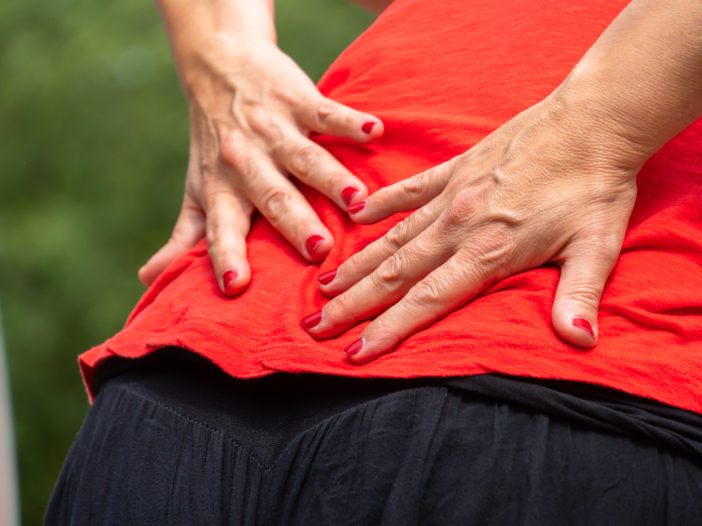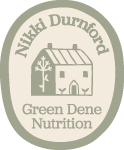
Learn how to live a pain free and energetic life during your peri/menopause years
One of the first things that struck me about my own menopause were the aches and pains that seemed to appear from nowhere. One day I was quite happy running half marathons and then bang, out of nowhere, I felt that I was living in the body of an 80-year-old.
Oh, the fun of getting out of bed and taking those first few steps, trying to walk normally. I wanted to glide across the room. Instead, I shuffled!
And I hear this story time and time again from my clients.
Most people describe feeling creaky, stiff and achy. For me, the pain was certainly worse in the morning and it improved as the day went on.
I would stumble around the house, much to the amusement of my husband. It was as if my whole body had to be jiggled into place before I could move anywhere.
But like all menopausal symptoms, there were reasons for these unwanted changes. And once I had understood these, got to the underlying cause, I was able to do something about it.
So, what’s going on?
Hormonal changes
The perimenopause is a time of huge hormonal changes. We know that during this time of life oestrogen levels start to fluctuate and eventually decline. And evidence suggests that there is a connection between low oestrogen and joint pain.
The most common areas for joint pain are the neck, knees, shoulders, elbow and hands.
It is also very common for old injuries to reappear and start to ache.
Why is this?
Oestrogen has a role in reducing inflammation. And so, when oestrogen levels decline, inflammation may increase which causes the aches and pains.
In addition, oestrogen helps to regulate the amount of fluid in your body. If oestrogen levels are low, you do not retain as much water. As a result, your joints are less lubricated, and you experience pain.
The good news is that you can do something about it!
Here are my top tips to reduce your peri and menopausal aches and pains.
1. Keep well hydrated
Given that oestrogen helps to regulate fluids and low levels are associated with joint pain, it goes without saying that drinking 6-8 glasses of water per day will help. This is particularly important if you struggle with night sweats. This loss of water through sweat is the reason why the pain may be worse on the morning.
2. Manage your stress levels
This is perhaps easier said than done. But it’s good to understand why it is important to keep on top of stress levels. When we are stressed, we produce the hormone cortisol. This can lead to inflammation which can make the joints swollen and painful. In addition, oestrogen can calm the body. And so, if oestrogen levels are low and you are stressed, cortisol will dive in and make the muscles tight and tired.
Learning some good breathing techniques can be helpful here. Take a look at the guide here, put together by Chris Kresser, one of the world’s leading authorities on nutrition, health and disease.
https://chriskresser.com/my-top-5-breathing-exercises-for-stress-relief/
3. Be mindful of carrying extra weight
This is perhaps pretty obvious, but extra pounds put extra pressure on the joints, especially the hips and knees. Maintaining a healthy weight is the most important thing you can do to help with reducing pain. Keeping your hormones balanced is the best way to lose those extra pounds.
4. Focus on sleep
Getting good quality sleep has a role in reducing pain. This is because sleep problems may lead to inflammation throughout the body. Therefore, good sleep hygiene is an important step in managing pain. Remove electronic devices from the bedroom, keep to strict bedtime regimes and avoid stimulants such as caffeine. Magnesium rich foods such as leafy greens can also really help. The magnesium found in these foods helps the muscles to relax. This prevents them from becoming tight, stiff and painful.
5. Keep active
Think about exercises that increase flexibility and strengthen your joints.
Swimming, Pilates yoga and cycling are great options. These will protect the joints and increase strength and range of movement
Resistant training that involves weights also helps to protect the bone mineral density and can help to build muscles and protect the joints
6. Make good food choices
Much of the pain is linked to inflammation, so make careful food choices.
A diet high in refined carbohydrates is not helpful for the joints. Sugar, processed foods and sugary/salty snacks put the body under stress. This triggers inflammation in the body and joint pain.
So, replace white bread, white rice and flour with whole grain foods such as wheat bread, brown rice and quinoa.
Choose instead from a range of delicious anti-inflammatory foods that are high in antioxidants instead
Some of my favourites are oily fish, leafy greens, berries, extra virgin oil, tomatoes and peppers, avocados, green tea, turmeric, ginger and garlic.
7. Think about supplements
In the UK between Oct and March, it’s really important to supplement with vitamin D
Vitamin D has a crucial role in maintaining our bone health by controlling our calcium and phosphorous levels. As it is difficult to get from food sources alone and now that we are still in the thick of winter, getting at least 2000 IU per day from supplements is a way to super charge the levels you need in your body.
If you are struggling with aches and pains, then adopting these top tips will really help.
Maybe you would like to lose a few pounds?
Or adopt some new strategies to improve your symptoms?
If this describes you and you want to know whether a personalised diet, lifestyle and supplement plan is right for you, do get in touch via my website link below. I would love to help.
